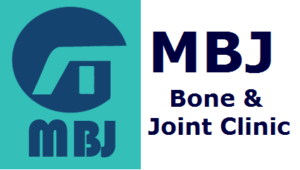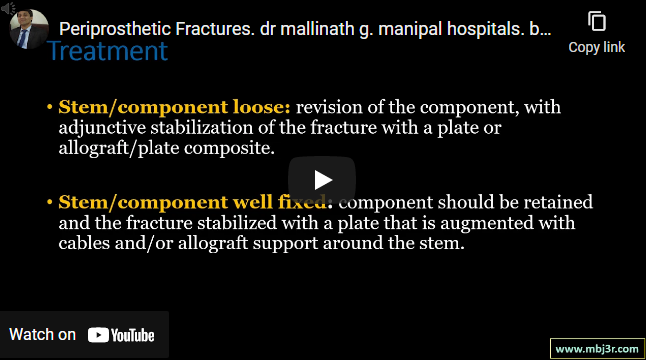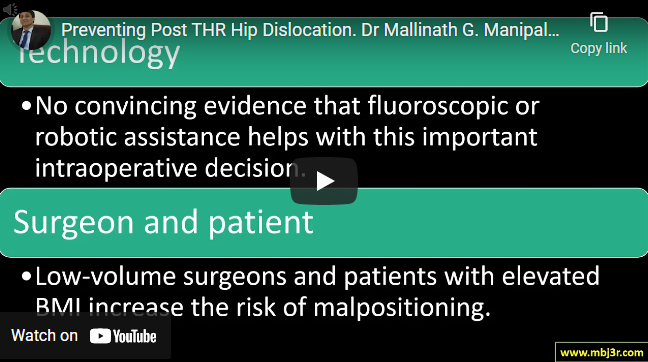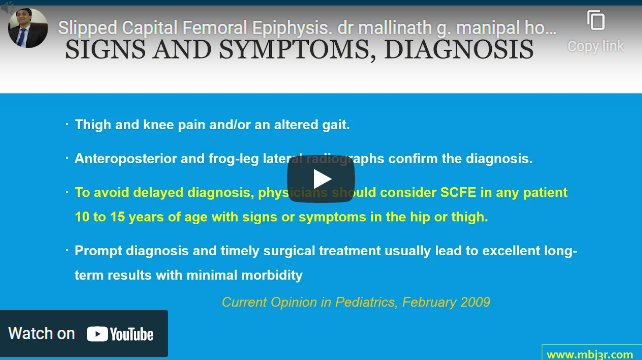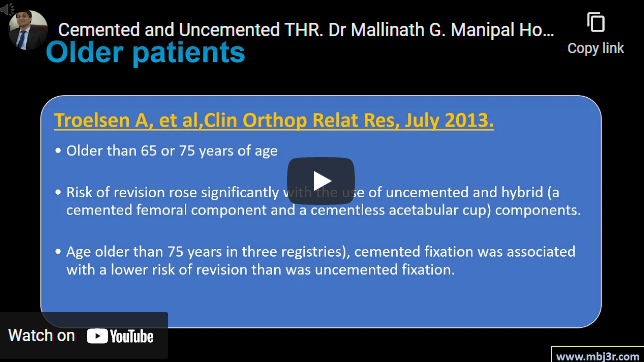Main options for management in such cases: Impaction bone grafting (IBG) Metal augments Cup/ cage constructs The survivorship of the grafted acetabulum and acetabular component was 94% (95% CI: 99-78) at 7 years Hydroxyapatite (HA) granules can also be used instead of IBG Metal augments are made of tantalum, a bio-inert and corrosion-resistant metal that can be shaped into a…

